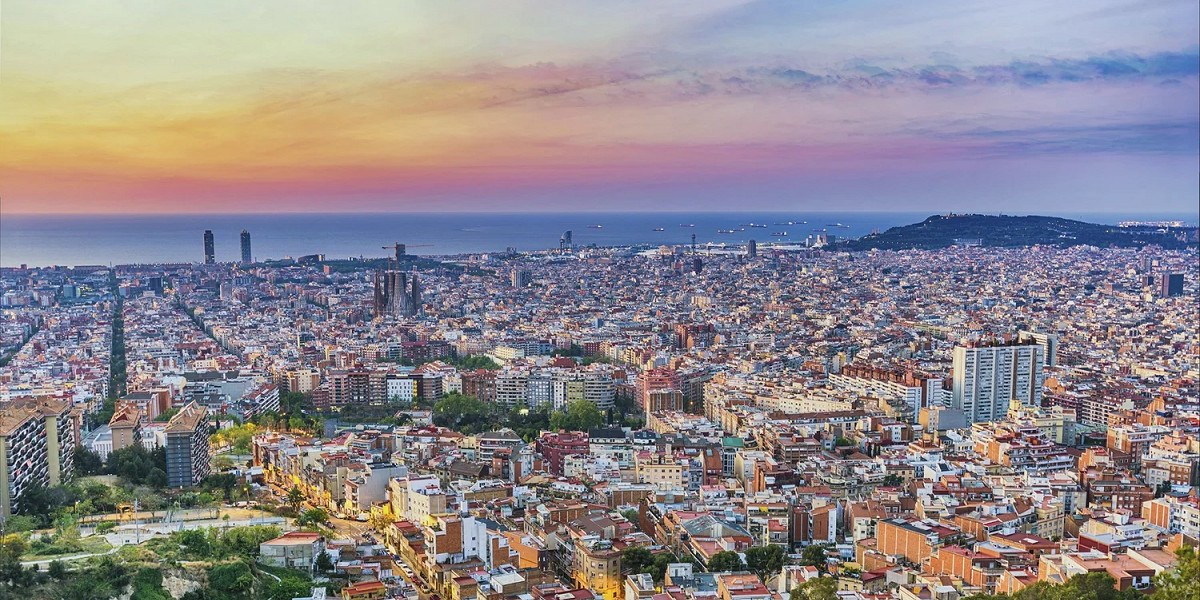Rent control in Catalonia is taking its toll: fewer and fewer contracts are being signed, and prices continue to rise. The Catalan government has just published rental market figures for the second quarter of the year, and the trend is clear. There are fewer new contracts, and renting, far from becoming cheaper, is even more expensive. Catalonia, which already leads the list of areas with high housing demand in the country, is seeing the market cool down for tenants.
The Catalan government's Housing Studies and Documentation Service, using data on security deposits held by Incasòl (the Catalan Land Institute), reports 26,416 new rental contracts between April and June. That's almost 10% less than last year and 13% less than in the last three months of 2023, just before the rent cap came into effect in 140 Catalan municipalities back in March 2024.
Such a weak quarter hadn't been seen since the beginning of 2010, except for the spring of 2020, when the pandemic brought everything to a standstill. The decline is hitting Catalonia's 15 largest cities particularly hard: they've registered 14,096 contracts, compared to 15,320 a year ago and 16,287 at the end of 2023.
Barcelona, for example, has only seen 7,411 new contracts. This is the lowest figure since 2009, excluding the second quarter of the pandemic. In its case, the annual drop is 6.6%, less steep than the Catalan average.
Other cities like Cornellà de Llobregat, L'Hospitalet, Santa Coloma, and Sant Cugat have seen new rental contracts plummet between 15% and 25% in the last year, figures much harsher than in places like Sabadell, Tarragona, Terrassa, and Badalona, where the drop is around 5-8%. Only Mataró and Lleida, among the larger cities, have seen contracts grow in the last year, although even there the pace slowed this spring.
And while contracts are falling, prices are doing just the opposite. Rent controls are not curbing the increase, as many industry experts had warned. The average rent in Catalonia reached €854.70 per month in the second quarter, including both high-demand areas and quieter municipalities. A year ago, the average was €822.98. So, the price has risen by 3.8% year-on-year. In the last three months alone, the increase has been 3.2%. This level is only surpassed by the record set in the first quarter of this year.
Looking only at the most strained areas, the average rent stands at €871.20, slightly higher than the €865.58 recorded in March, when the first municipalities were declared to be under strain. There is no data available for comparison with last year because the price caps began in October, but the last quarter shows the trend: between January and March, the average was €845.23. In three months, rent has risen by almost €26 per month, an increase of 3%.
This upward price trend is repeated in the 15 largest cities. Most have seen an increase in the average monthly rent over the last year, except for Santa Coloma de Gramenet, which has fallen by 1.26%, and Sant Cugat del Vallès, with a drop of 6.5%. In contrast, Cornellà, Terrassa, Badalona, and Mataró stand out with increases of over 10%. Sabadell and Lleida remain around 1.2%, and Barcelona, although barely rising (0.33%), continues to lead with an average rent of €1,135.55 in the second quarter, the highest since the beginning of the year and the fourth highest in the entire historical series. And be aware, because behind this modest increase in Barcelona there are hidden factors that help explain why. Living in Barcelona has become complicated: apartments not only cost more, they are also getting smaller. The official figures leave no room for doubt. The price per square meter continues to rise, while rental apartments are shrinking.
If you look at the numbers, the price per square meter keeps growing, quarter after quarter. The latest report from the Catalan Government's Housing Studies and Documentation Service makes it clear: this spring, the average rent for new contracts reached €16.56 per square meter. That's 3.6% higher than in the second quarter of 2014. Not only is it the highest figure this year, but it's also the fourth highest in the entire historical series.
Meanwhile, the median size of rental apartments continues to fall. Therefore, although the price per square meter is rising rapidly, the average monthly rent is increasing more slowly. Currently, the median size is around 71 square meters in Barcelona, the lowest level since 2017.

